Mobile App - ReactNative
A Mobile App Developer is at the forefront of creating user-friendly and innovative mobile applications for platforms like Android and iOS. They combine technical expertise with creativity to design, build, and maintain apps that meet user demands. At Tetraskills, we train future-ready developers to excel in building dynamic applications.
Enroll Today – Classes Begin Soon
Registration Open
Price : 8000/- INR
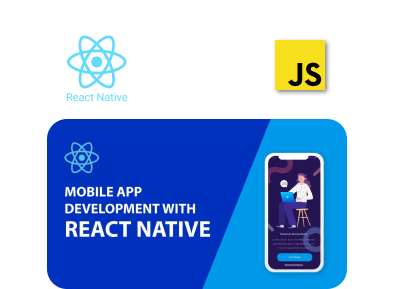
200 hr +
Programme
600 +
Students Enrolled
Offline Batch
In our Learning Center
Online Batch
Connect from any where
Internship
Opportunities

About Mobile App - ReactNative Course
Mobile app development involves creating software applications for mobile devices like smartphones and tablets. It focuses on building intuitive, responsive, and high-performing apps for platforms like iOS and Android. Mobile app developers use technologies such as React Native, Flutter, Swift, and Kotlin to create seamless user experiences and robust functionalities. At Tetraskills, we specialize in training aspiring mobile app developers to master the latest tools and frameworks, empowering them to create innovative and efficient mobile applications for the future.

Industry-Relevant Skills:
Master the tools and technologies that are in demand across leading industries.

Hands-On Experience:
Work on real-world projects to gain practical knowledge and confidence.

Expert Guidance:
Learn from experienced professionals who provide insights and mentorship.

Certification:
Industry renowned internship & course completion certification

Career Opportunities:
Enhance your employability with skills that stand out in the competitive job market.

Comprehensive Learning:
Gain a deep understanding of both foundational and advanced concepts.
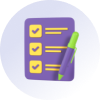
Personal Growth:
Develop problem-solving, communication, and teamwork skills essential for success.

Career Transition:
More than 1200 learners upgraded their careers in the last 12 months
Course Offerings

Diverse Project Portfolio

Practice Exercises

Doubt Clearing Sessions

Dedicated Buddy Support

Industry Oriented Curriculum

Industry Recognized Certificate

Q&A Forum
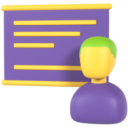
Instructor Led Sessions
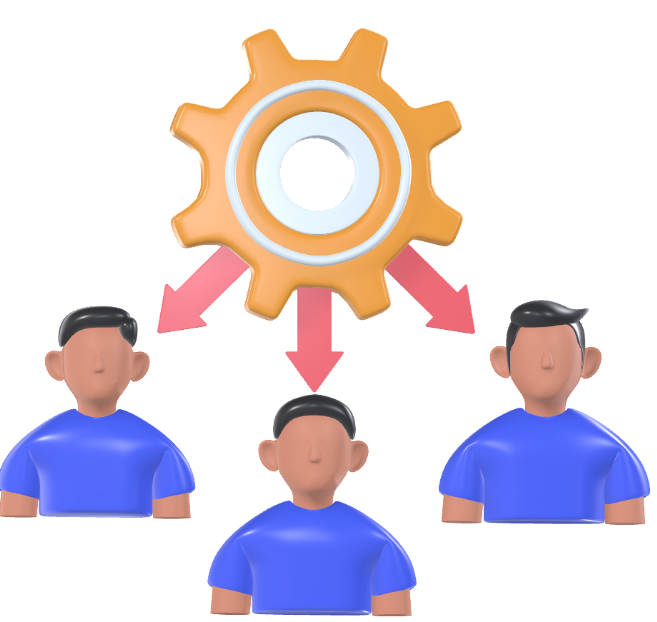
Peer to Peer Networking

Email Support

Mock Interviews
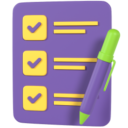
Module Level Assignments
Become a Tools Expert
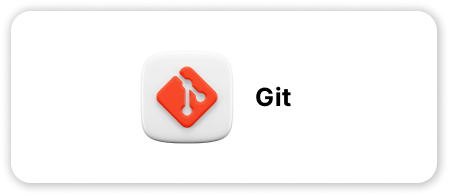
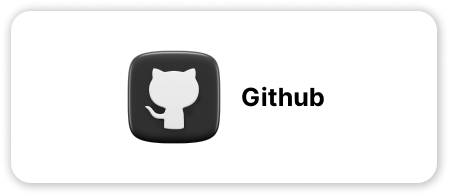
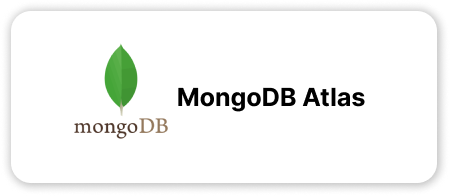


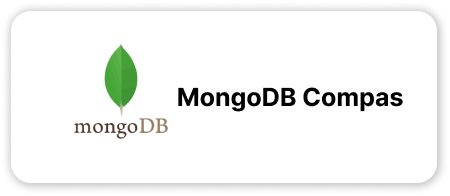
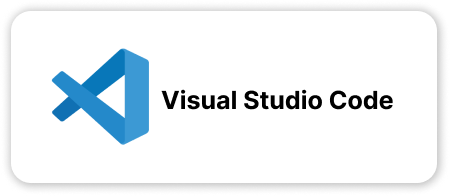
Course Structure
Fundamentals
Mobile app development involves creating software applications for smartphones and tablets, focusing on delivering intuitive, user-friendly, and high-performance mobile experiences. Developers use tools like React Native, to build apps for both iOS and Android platforms. These technologies help create apps that are responsive, scalable, and feature-rich, offering smooth interactions and seamless integration with device features. At Tetraskills, we empower aspiring mobile app developers by training them in the latest mobile development frameworks, enabling them to create innovative, cross-platform apps that cater to the evolving needs of modern users.
Basic Topics
Introduction to JavaScript Course Topics
Overview of what you will learn in this course.How Websites Work with JavaScript | Beginner’s Guide
Learn how JavaScript integrates with HTML and CSS to make websites interactive.What is JavaScript? | Programming Essentials
Introduction to JavaScript as a programming language and its key features.History of JavaScript | Evolution and Milestones
A brief history of JavaScript and its evolution over the years.Creating First JavaScript File in VS Code | Step-by-Step Guide
Learn to set up and write your first JavaScript file using VS Code.Values and Variables in JavaScript
Understand how to declare variables and work with values in JavaScript.Data Types in JavaScript | Web Development Basics
Explore different data types like strings, numbers, and booleans.Bonus: Advanced Data Types in JavaScript | Programming Tips
Learn about advanced data types like objects and arrays.Expressions and Operators in JavaScript
Discover how to write expressions and use arithmetic, comparison, and logical operators.Functions in JavaScript
Learn how to create reusable blocks of code using functions.
Core Concepts
Arrays in JavaScript | Programming Challenges
Understand arrays and how to perform operations like adding and removing elements.Strings in JavaScript | String Operations
Learn string manipulation techniques such as concatenation and slicing.Math Objects in JavaScript | Advanced Concepts
Explore the Math object to perform mathematical operations like rounding or generating random numbers.Window, Document, and Browser Object Models | Web Development Concepts
Understand the browser environment and how JavaScript interacts with it.Events in JavaScript
Learn how to handle user interactions like clicks and keypresses.Project: Background Gradient Generator
Create a tool to generate custom gradients using JavaScript.Update on Hosting
Understand the basics of hosting and deploying JavaScript projects.LocalStorage in JavaScript
Learn how to store data persistently in the browser using LocalStorage.
Intermediate Topics
Date & Time Objects
Work with dates and times using JavaScript’s built-in Date object.Timing-based Events in JavaScript
Learn aboutsetTimeoutandsetIntervalfor creating timed actions.Objects in JavaScript
Understand how to create and work with objects in JavaScript.ECMAScript 2015 – 2023
Explore modern JavaScript features introduced in recent ECMAScript versions.Lexical & Scope Chaining
Learn about variable scope and how JavaScript resolves variables.Closures in JavaScript
Understand closures and their use cases in programming.First-Class Functions – Callbacks & Higher-Order Functions
Discover the concept of first-class functions and how to use callbacks and higher-order functions.
Advanced Topics
Promises
Learn how to handle asynchronous operations using promises.Project: Dad Jokes with Promises
Build a project that fetches jokes using APIs and handles them with promises.Project: Dad Joke with Async Await & Try Catch
Enhance the jokes project by usingasync/awaitand error handling techniques.Advanced JavaScript
Dive deeper into advanced JavaScript concepts like prototypes and event loops.Final Project: CRUD Operation Using the API
Build a full-featured project to Create, Read, Update, and Delete data using APIs.
Basic Topics
- Introduction to React Native
Understand what React Native is and its role in cross-platform app development. - Setting Up the React Native Environment
Learn how to set up the development environment for Android and iOS. - Creating Your First React Native App
Build a simple “Hello World” app using React Native. - Understanding Components in React Native
Learn the basics of functional and class components. - JSX in React Native
Understand how to use JSX for creating the app’s UI. - React Native Styling Basics
Apply styles using the StyleSheet API and inline styles. - Working with Text, View, and Image Components
Learn to display and format text, layout views, and render images. - Handling Button and Touch Events
Add interactivity to your app with buttons and touchable components.
Core Concepts
- React Native State Management
Use state to manage dynamic data in your app. - Props in React Native
Pass data between components using props. - Flexbox Layout in React Native
Learn layout design using React Native’s Flexbox. - Handling Lists with FlatList and SectionList
Render lists of data efficiently with React Native components. - Navigation in React Native
Set up basic navigation using React Navigation. - Handling Text Input
Manage input fields and user data. - Working with ScrollView
Add scrollable views to your app. - Image and Asset Management
Learn to manage images and static assets.
Intermediate Topics
- Understanding and Using Hooks
UseuseStateanduseEffecthooks in React Native. - AsyncStorage for Persistent Data
Store and retrieve local data using AsyncStorage. - Working with APIs and Fetch
Make API calls and fetch data from external sources. - Handling User Authentication
Build a simple authentication system with React Native. - Animations in React Native
Add animations to your app using the Animated API. - Integrating Third-Party Libraries
Learn how to install and use third-party packages in your project. - React Native Permissions
Handle device permissions for features like camera and location. - Debugging and Error Handling
Debug React Native apps using tools like Reactotron and Flipper.
Advanced Topics
- React Native Context API
Manage global state using the Context API. - Using Redux for State Management
Implement Redux to handle complex state logic. - Custom Hooks in React Native
Create reusable hooks for optimized development. - Integrating Native Modules
Use native code (Java/Kotlin for Android and Objective-C/Swift for iOS) in your app. - React Native Gesture Handler
Add complex gestures and interactions. - Using React Native Reanimated
Create advanced animations and transitions. - Offline Data Management
Use libraries like Realm or WatermelonDB for offline capabilities. - Push Notifications
Set up push notifications using Firebase Cloud Messaging. - Deploying Your App
Build and publish your app on Google Play Store and Apple App Store. - Performance Optimization
Learn techniques to improve the performance of your app. - Testing React Native Apps
Use tools like Jest and Detox for testing your app.
Introduction to Node.js
- Introduction to Node.js:
- Setup:
node -v and npm -v.- First Steps:
Understanding Core Concepts
- Modules:
fs, http, path).- File System:
- Creating a Simple Server:
http module to create a basic web server.
Deep Dive into Asynchronous Programming
- Callbacks:
- Promises:
- Async/Await:
Working with Express.js
- Introduction to Express.js:
- Routing:
- Introduction to Postman:
Connecting to a Database
- Introduction to Databases:
- Using Mongoose with MongoDB:
Building a Project
- Project Setup:
- Building the Backend:
- Testing and Debugging:
- Project Completion:
Git Basics
Introduction to Git
- What is Version Control? Why Git?
- Installing Git (Windows/Mac/Linux)
- Setting up Git for the First Time:
git config --global user.name "Your Name"git config --global user.email "youremail@example.com"
Git Basics
- Initializing a Repository:
git init - Adding Files to Staging:
git add .git add <file>
- Committing Changes:
git commit -m "Initial Commit" - Viewing Commit History:
git log - Understanding the Three Stages:
- Working Directory
- Staging Area
- Repository
Core Git Concepts
Branching and Merging
- What Are Branches?
- Creating Branches:
git branch <branch-name> - Switching Branches:
git checkout <branch-name> - Merging Branches:
git merge <branch-name> - Resolving Merge Conflicts
Undoing Changes
- Undoing Changes in the Working Directory:
git checkout -- <file> - Resetting Commits:
git reset --softgit reset --mixedgit reset --hard
- Deleting a Branch:
git branch -d <branch-name>
Connecting Git and GitHub
Linking Git and GitHub
- Linking Local Repository to GitHub:
git remote add origin <repository-URL>
- Pushing Code to GitHub:
git push -u origin main
- Pulling Code from GitHub:
git pull origin main
Collaborating with GitHub
- Forking a Repository
- Cloning a Repository:
git clone <repository-URL> - Creating and Managing Pull Requests
- Reviewing and Merging Pull Requests
Build Projects from Scratch
Meet your Mentors
Our Alumni's are in
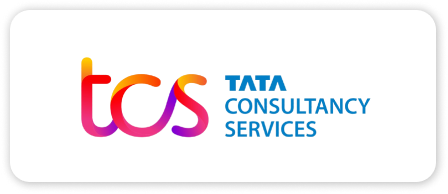
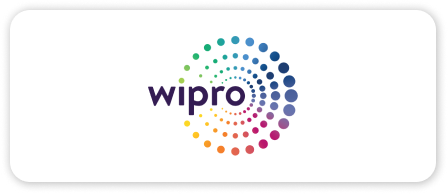
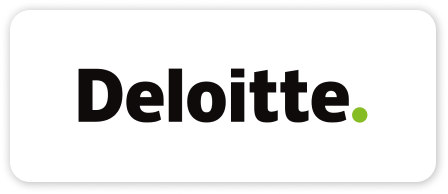
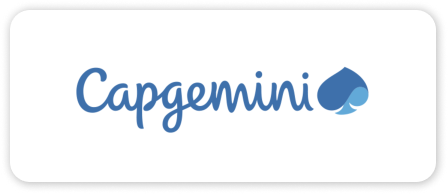
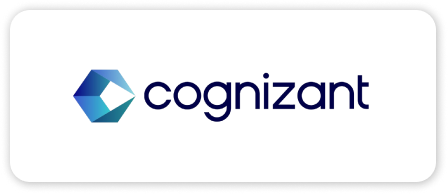

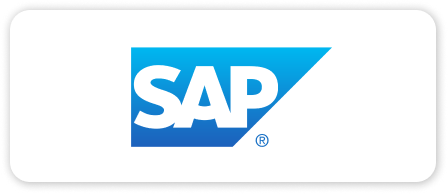

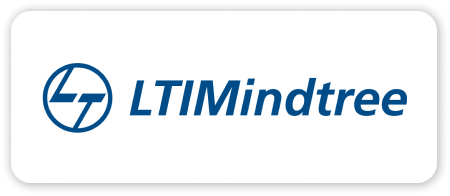
Get Certified
Once you complete the course offline, complete the assignment and project, you will be able to get the Course certificate.
After Live project work for a minimum of 1 month, you will receive an Internship Certificate.
- Attendance must be 60% offline Training Sessions and Internship.
- After scoring at least 60% in the quiz & assignments.,
- After Completing 1 Project in Internship Period.

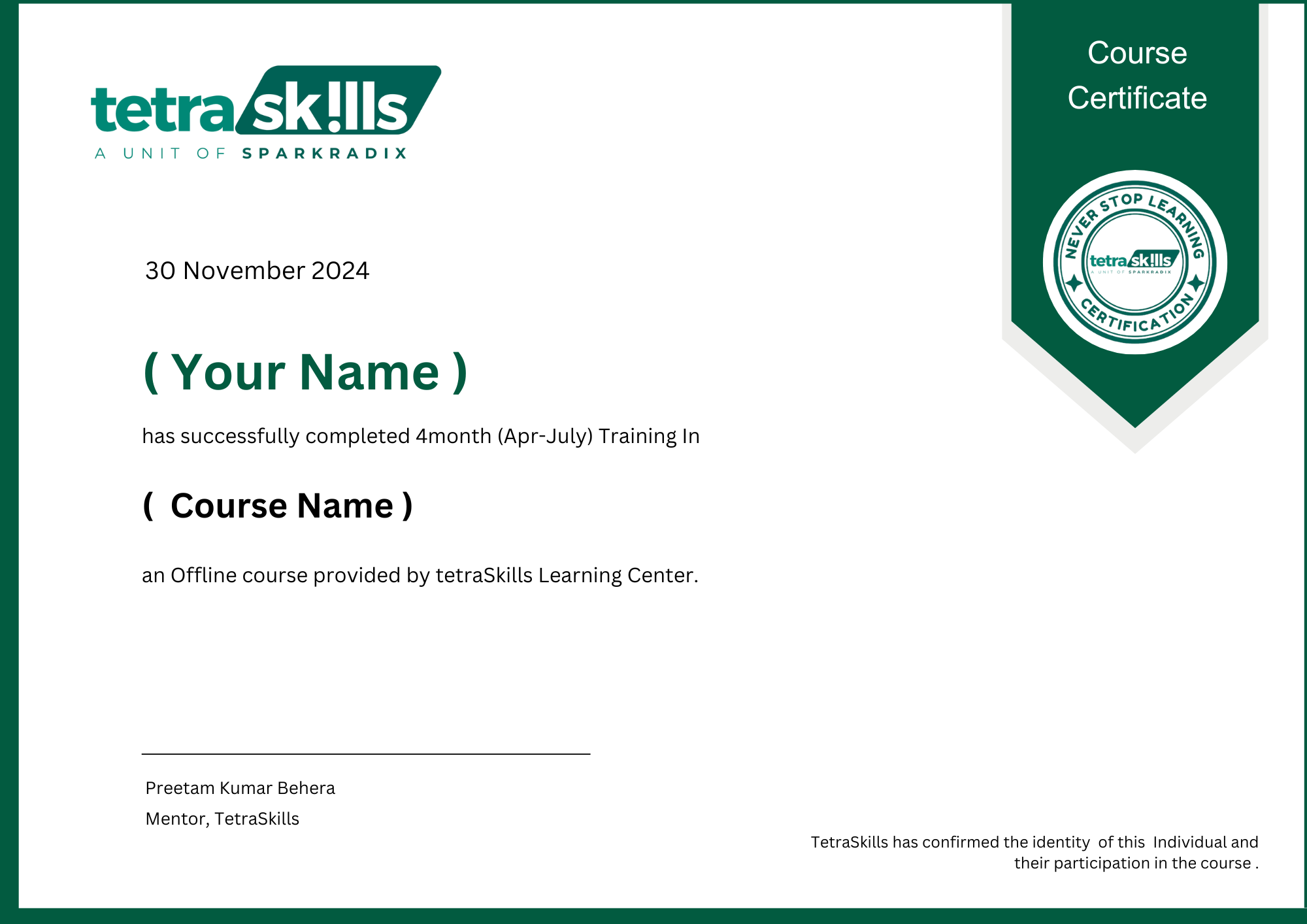
Student Reviews
Biswaranjan Nayak
Internship program is good and teaching skills of mentors are very good.
Omprakash Jena
The teaching skills are overally good but the mentoring skills can be improved. Office curriculum for interns should be better.
Roumya Prakash Sahoo
The Training + Internship program offered invaluable learning opportunities and practical experience, greatly enhancing my skill set and professional growth. However, the management faced challenges in efficiency, where better organization, improved communication, and streamlined coordination could have elevated the overall experience, making it more seamless and fulfilling.
Twinkel Sahani
The ‘Training + Internship Program’ was highly valuable, combining clear training sessions with practical projects. It enhanced my technical skills and provided real-world experience, allowing me to apply what I learned effectively.
Sambit Parida
I feel glad to get such a huge amount of knowledge and got to learn so many things which are new for me and give such a wonderful experience for my whole upcoming life. Thank you and fell pleasure to be the part of this company.
Saurav Kumar Behera
I am grateful for the incredible knowledge and new experiences I have gained, which will positively impact my future. Being part of this company has been a truly enriching journey, and I am thankful for the opportunity.
Satyajit Das
I’m very happy with your internship program and thankful to your team
Success Stories
Cracked First Job
Sourav Kumar Samantaray
2025 MCA
Continuing MERN Training + Internship Program in TetraSkills
Job - TCS

Cracked First Job
Sai Som Biswal
2025 B-Tech CSE
Continuing MERN Training + Internship Program in TteraSkills
Job - Tech Mahindra

Cracked First Job
Rudra Narayan Swain
MCA 2024
Completed Data Science Certification fromTetraSkills, Landed Internship in Data
Job - LTIMindtree, Pune

Cracked First Job
Ch. Monalisa Padhi
2024
Completed MERN Stack Web Development
Job -Total technology system, Bhubaneswar

Cracked First Job
Subhasmita Maharana
2024
Completed MERN Stack Web Development
Job - Pinnacle Consulting, Bhubaneswar

Cracked First Job
ASHUTOSH SAHOO
B-tech 2024
Completed MERN Stack Web Development
Job - SBI Headquarter, Bhubaneswar

Cracked First Job
Sweta Sipra Panda
B-tech 2024
Completed MERN Stack Web Development
Job - Marquee Semiconductor, DLF, BBSR

Cracked First Job
Susmita Dash
B-tech 2024
Completed MERN Stack Web
Development
Job - Marquee Semiconductor, DLF, BBSR

Cracked First Job
Anjali Kumai
2024 B-TECH
Completed Web developer and graphics design Internship in XLNC.io through TetraSkills Program
Job - Digit Insurance, BBSR
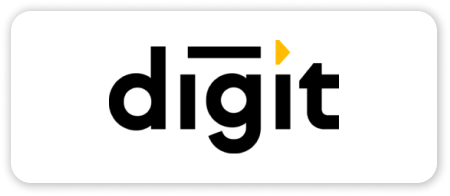
Cracked First Job
Subham Subhasis Sahoo
2024 MCA
Completed MERN Stack Web
Development
Job - Qualitas Global, PUNE

Cracked First Job
Jayadev Satapathy
2024 MCA
Completed Frontend Web
Development
Job - Oasys Tech Solutions Pvt Ltd., BBSR
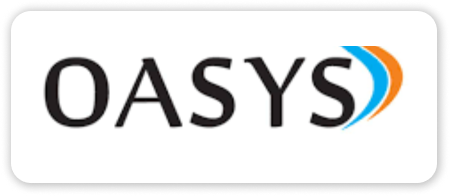
Cracked First Job
Anand Kumar
2024 B-TECH
Completed MERN Stack Web Development, got stipend based Internship in TetraTrion
Job - MindFire Solutions, Bhubaneswar
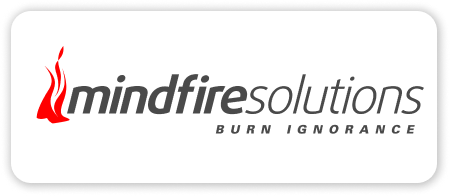
Success Stories
Cracked First Job
Sourav Kumar Samantaray
2025 MCA
Continuing MERN Training + Internship Program in TetraSkills
Job - TCS

Cracked First Job
Sai Som Biswal
2025 B-Tech CSE
Continuing MERN Training + Internship Program in TteraSkills
Job - Tech Mahindra

Cracked First Job
Rudra Narayan Swain
MCA 2024
Completed Data Science Certification fromTetraSkills, Landed Internship in Data
Job - LTIMindtree, Pune

Cracked First Job
Ch. Monalisa Padhi
2024
Completed MERN Stack Web Development
Job -Total technology system, Bhubaneswar

Cracked First Job
Subhasmita Maharana
2024
Completed MERN Stack Web Development
Job - Pinnacle Consulting, Bhubaneswar

Cracked First Job
ASHUTOSH SAHOO
B-tech 2024
Completed MERN Stack Web Development
Job - SBI Headquarter, Bhubaneswar

Cracked First Job
Sweta Sipra Panda
B-tech 2024
Completed MERN Stack Web Development
Job - Marquee Semiconductor, DLF, BBSR

Cracked First Job
Susmita Dash
B-tech 2024
Completed MERN Stack Web Development
Job - Marquee Semiconductor, DLF, BBSR

Cracked First Job
Anjali Kumai
2024 B-TECH
Completed Web developer and graphics design Internship in XLNC.io through TetraSkills Program
Job - Digit Insurance, Bhubaneswar

Cracked First Job
Subham Subhasis Sahoo
2024 MCA
Completed MERN Stack Web Development
Job - Qualitas Global, PUNE

Cracked First Job
Jayadev Satapathy
2024 MCA
Completed Frontend Web Development
Job - Oasys Tech Solutions Pvt Ltd., Bhubaneswar

Cracked First Job
Anand Kumar
2024 B-TECH
Completed MERN Stack Web Development, got stipend based Internship in TetraTrion
Job - MindFire Solutions, Bhubaneswar


Frequently Asked Questions
What is the refund policy
Tetraskills operates a strict no-refunds policy for all purchased paid courses. Once a course purchase is confirmed, payment cannot be refunded. This policy applies to all courses, irrespective of the price, duration or the learner’s progress within the course.
I need to purchase a course. Whom should I contact ?
Tetraskills operates a strict no-refunds policy for all purchased paid courses. Once a course purchase is confirmed, payment cannot be refunded. This policy applies to all courses, irrespective of the price, duration or the learner’s progress within the course.
What is an experience portal ? How to use it ?
Tetraskills operates a strict no-refunds policy for all purchased paid courses. Once a course purchase is confirmed, payment cannot be refunded. This policy applies to all courses, irrespective of the price, duration or the learner’s progress within the course.





